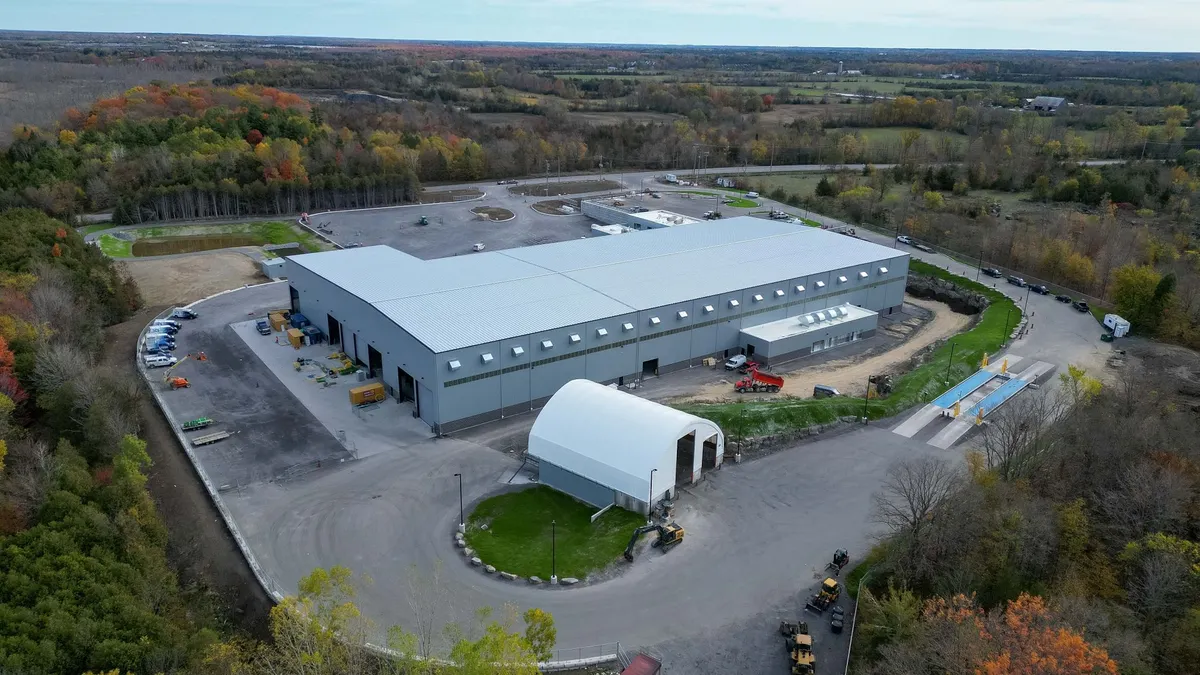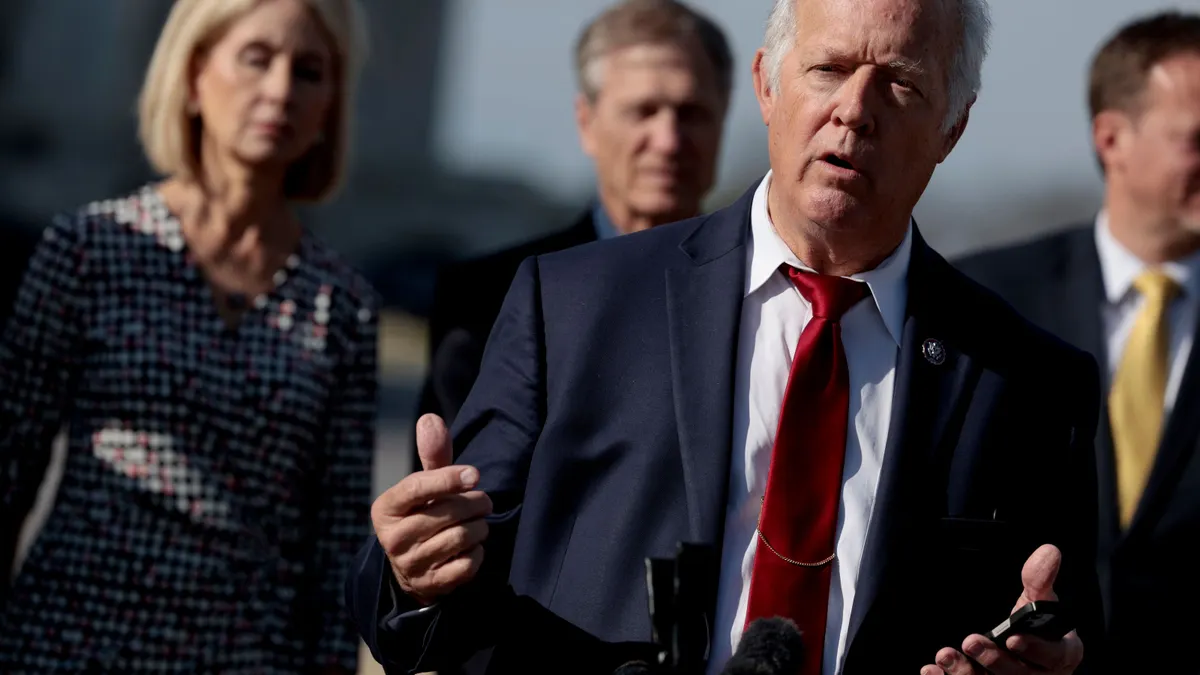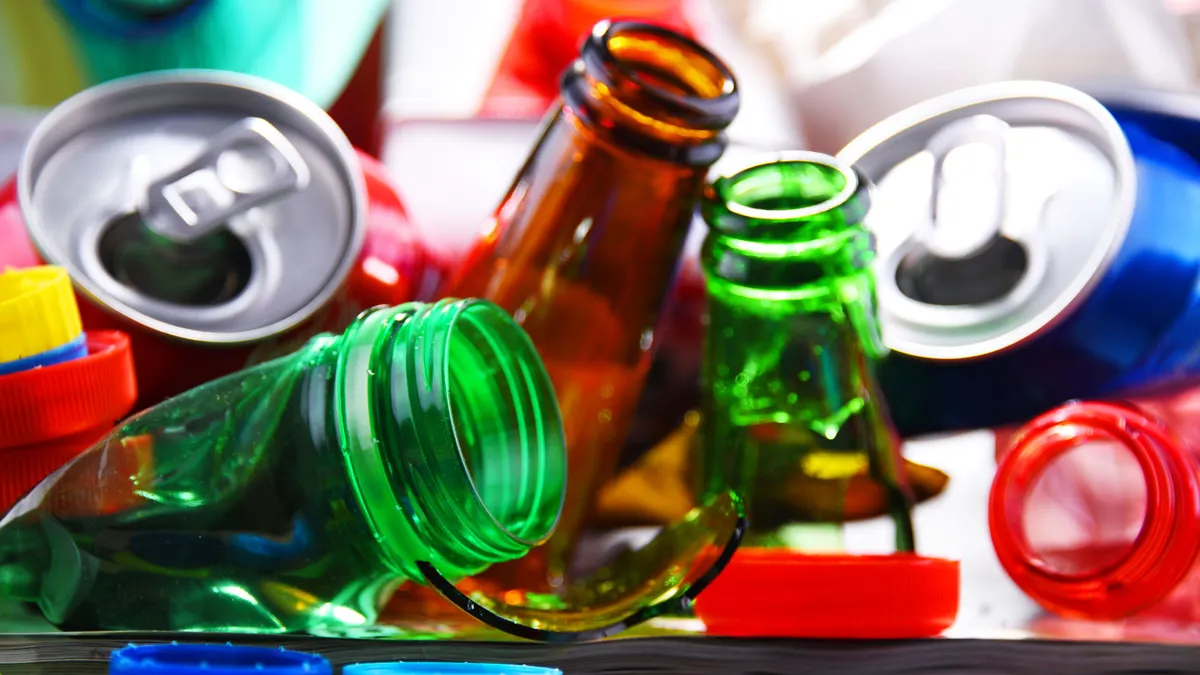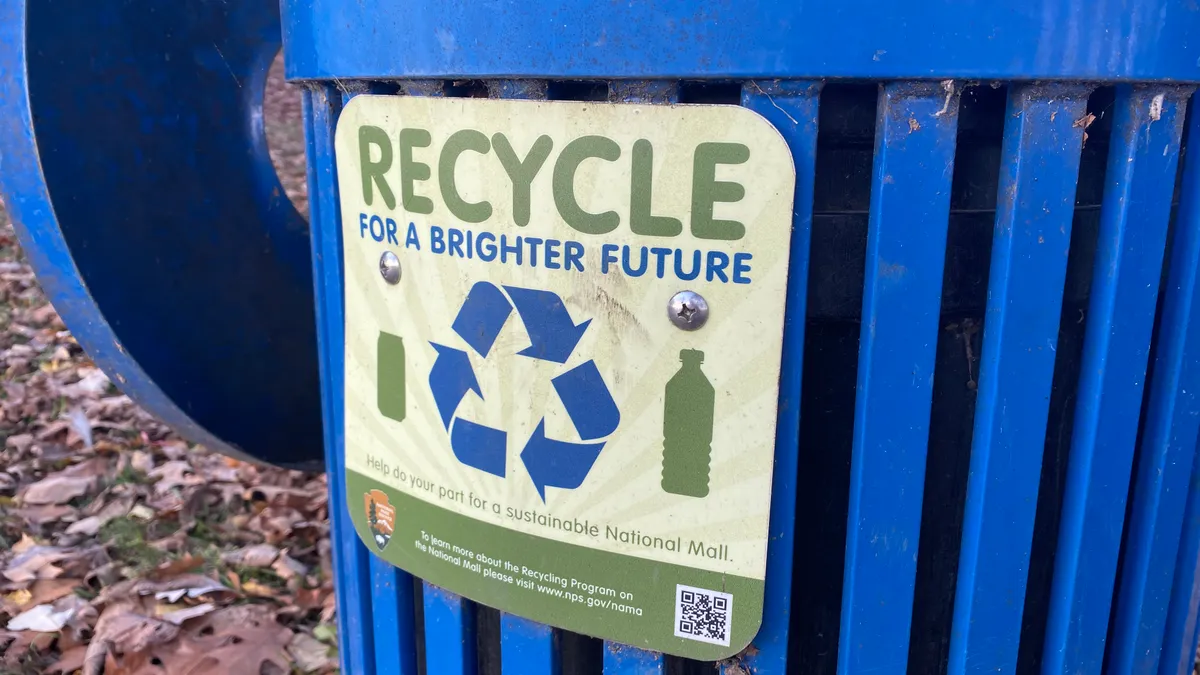For a unit of measurement that carries so much weight with policymakers, press and the public, it's remarkable how little agreement there is around the best way to calculate recycling rates.
"We truly have a cornucopia and mixed bag of calculations, what counts and what doesn't count, and how they count it," said Myles Cohen, president of Pratt Recycling, during an Aug. 22 WasteCon panel. "We're not even close to having a universal measure yet."
Cohen's MRF Summit panel, and a newly adopted SWANA technical policy, helped to further develop the framework for this ongoing discussion last week in Nashville, Tennessee.
While many governments use the basic equation of recycling divided by total waste generated to calculate their rate, that's often where the agreement stops and the questions begin to pile up.
Did that recycling amount account for contamination? Did it include yard waste, e-waste, C&D, household hazardous waste or material sent to WTE facilities? Are cities, counties or states using the same standard measurement practices that would allow for clear comparisons? Are those numbers coming from top-down estimations or bottom-up reporting, à la the Environmental Protection Agency vs. Environmental Research & Education Foundation data discussion?
While all of these questions may play out behind the scenes, the resulting numbers often factor into much more public conversations. As governments set more ambitious diversion goals, all involved want to show progress each time they report new data. These statistics may also get picked up by various media outlets for comparisons — a flawed system according to researchers — about who is "the best" at recycling in a given year. If service providers are operating under contracts that emphasize such targets, they may be inclined to do the same.
Reports from the field
Panelists agreed it was important to find better ways to benchmark progress — and make it more qualitative than quantitative when possible — because at this point even the most well-intentioned plans may not be achieving their full potential amid all the confusion.
Dawn McCormick, director of communications and community relations for Waste Management in Florida, said the state's 75% recycling rate target was never founded in reality and has begun to have unintended consequences.
"It's driven some behaviors and some materials to the programs that don't have markets," she said, calling it "more of an environmental burden than a benefit."
Bill Keegan, president of Dem-Con Companies, said Minnesota's goal has had a similar effect.
"It's basically 'recycle at all costs,' despite the environment, despite the GHGs," said Keegan. "We're recycling in Minnesota often at the expense of reduction and reuse."
Both McCormick and Keegan expressed an interest in moving away from weight-based goals to a different metric, possibly greenhouse gas emissions. Though as the panel discussed potential alternatives, the EPA's Ron Vance made an important point about needing to maintain a more holistic framework.
"I think this very question is the problem that we're in. We're looking for one measure to solve all of our recycling problems," said Vance, chief of the EPA's Resource Conservation Branch.
Vance said that tonnage information will always be a necessary foundation for any program, but it can be complemented by other measurements, and cautioned against leaning too heavily on any one metric to drive policy decisions.
"When you choose a single attribute that really heavily influences what you look at," said Vance "[If] you choose tons, then you're going to focus on particular materials above all others. If you choose GHGs, you'll focus on other materials. If you focus on economics, you'll get a whole other list of materials."
The discussion around GHG benefits is particularly relevant now that recycling costs are on the rise in many areas and the economic case may no longer be as appealing. Large companies such as Waste Management have been emphasizing GHG for years as a way to steer customers away from more challenging materials such as glass.
The EPA didn't include GHG data in its latest annual "Facts & Figures" report for the first time in nearly a decade, causing some confusion, but will now be posting the information on its website.
SWANA policy and next steps
Robust discussion is always seen as helpful, and broader efforts are also underway to help clarify this conversation. The ongoing Measurement Matters program for standardized state reporting, which now has at least 36 participants, held its first conference earlier this year. A new city reporting program will launch this fall and the Measurement Matters dialogue will continue at Resource Recycling's conference in October.
Will Sagar, executive director of the Southeast Recycling Development Council and a key organizer of the measurement summit, pointed out this more voluntary approach is still the most logical option for now. Many of these diverse metrics are written into state law — sometimes even with specific plastic resin codes — and may not be worth the effort it would require to get them updated.
"I don't see anybody investing the political capital to go make these changes," said Sagar during the panel.
As pointed out by Scott Pasternak, a senior project manager at Burns & McDonnell, the key is to establish a baseline and then decide what you want to recycle most. Depending on that goal, a program could utilize capture rates or other metrics to assess progress.
This is the outline of a new policy from SWANA's Planning and Management Technical Division — the first of its kind for the organization — that is focused on "measuring the amount and type of materials recycled" and recognizes "multiple methods that can be applied to evaluate recycling."
Pasternak, outgoing director of that division, told Waste Dive via email this "represents the culmination of a collaborative, four year process among a wide range of stakeholders" and described it as a "great benefit to all in the solid waste and recycling industry."
Robert Smouse, assistant director of solid waste services in Fort Worth, Texas and incoming director of this SWANA division, wrote that this will allow for comparisons with "a clear and concise baseline starting point." He added that "organizations can convert and interpret their recycling weights into additional beneficial attributes such as economic influences, environment contributions, greenhouse gas generation, lifecycle impacts and energy comparisons."
No one policy, be it from SWANA or the EPA, can fix this disjointed system overnight. All involved recognize it will be a gradual and labor-intensive process, but also view it as an essential one.
"We can't run our industry if we don't know what we're doing," said Sagar. "It doesn't have to be perfect, because even close is better than we are."


















